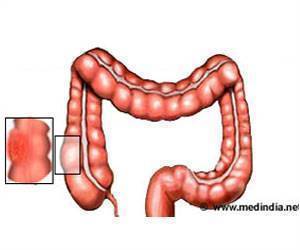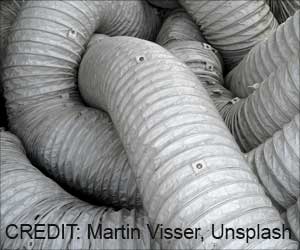
In tackling obesity worldwide, intermittent energy restriction (IER) triggers coordinated shifts in the brain-gut microbiome axis, thereby presenting a promising approach to weight loss for over one billion obese individuals (1✔ ✔Trusted Source
Dynamical alterations of brain function and gut microbiome in weight loss
).
#weightloss, #obesity, #intermittentenergyrestriction, #braingutmicrobiomeaxis
’
“Here we show that an IER diet changes the human brain-gut-microbiome axis. The observed changes in the gut microbiome and the activity in addition-related brain regions during and after weight loss are highly dynamic and coupled over time,” said the last author Dr Qiang Zeng, a researcher at the Health Management Institute of the PLA General Hospital in Beijing.
Advertisement
The authors used metagenomics on stool samples, blood measurements, and functional magnetic resonance imaging (fMRI) to study changes in the composition of the gut microbiome, physiological parameters and serum composition, and brain activity in 25 obese Chinese women and men on an IER diet. Participants were on average 27 years old, with a BMI between 28 and 45.
“A healthy, balanced gut microbiome is critical for energy homeostasis and maintaining normal weight. In contrast, an abnormal gut microbiome can change our eating behavior by affecting certain brain areas involved in addiction,” explained coauthor Dr Yongli Li from the Department of Health Management of Henan Provincial People’s Hospital in Henan, China.
First, the participants underwent a ‘high-controlled fasting phase’ of 32 days where they received personalized meals designed by a dietician, with a caloric value decreasing stepwise to one-quarter of their basic energy intake.
They then spent 30 days in a ‘low-controlled fasting phase’, where they were given a list of recommended foods: participants who adhered perfectly to this diet would receive 500 calories per day for women and 600 calories per day for men.
Gap Between Gut and Brain
By the end of the study, their body weight had decreased by an average of 7.6kg, or 7.8%. As expected, they had undergone reductions in body fat and waist circumference.
Advertisement
Likewise, their blood pressure and serum levels of fasting plasma glucose, total cholesterol, HDL, and LDL had decreased, and the activity of key liver enzymes.
These suggest that IER helps to reduce obesity-related comorbidities like hypertension, hyperlipidemia, and liver dysfunction.
Advertisement
The authors observed decreases after IER in the activity of brain regions implicated in the regulation of appetite and addiction.
Within the gut microbiome, the abundance of the bacteria Faecalibacterium prausnitzii, Parabacteroides distasonis, and Bacterokles uniformis increased sharply, while that of Escherichia coli fell.
Further analyses showed that the abundance of E. coli, Coprococcus comes, and Eubacterium hallii bacteria were negatively associated with the activity of the brain’s left orbital inferior frontal gyrus – known to play a key role in executive function, including our will to lose weight.
In contrast, the abundance of the bacteria P. distasonis and Flavonifractor plautii were positively correlated with the activity of brain regions associated with attention, motor inhibition, emotion, and learning.
New Frontier in Weight Loss — Role of Intermittent Fasting
These results suggest that changes in the brain and microbiome during and after weight loss are linked – either because they cause each other, or because an unknown other factor causes both. Because the study is correlational, it can’t resolve the direction of the underlying causality.
“The gut microbiome is thought to communicate with the brain in a complex, two-directional way. The microbiome produces neurotransmitters and neurotoxins which access the brain through nerves and blood circulation. In return the brain controls eating behavior, while nutrients from our diet change the composition of the gut microbiome,” said coauthor Dr Xiaoning Wang from the Institute of Geriatrics of the PLA General Hospital.
Coauthor Dr Liming Wang, likewise from the Health Management Institute in Beijing, said: “The next question to be answered is the precise mechanism by which the gut microbiome and the brain communicate in obese people, including during weight loss. What specific gut microbiome and brain regions are critical for successful weight loss and maintaining a healthy weight?”
Reference:
- Dynamical alterations of brain function and gut microbiome in weight loss
– (https://www.frontiersin.org/articles/10.3389/fcimb.2023.1269548/full)
Source-Eurekalert



